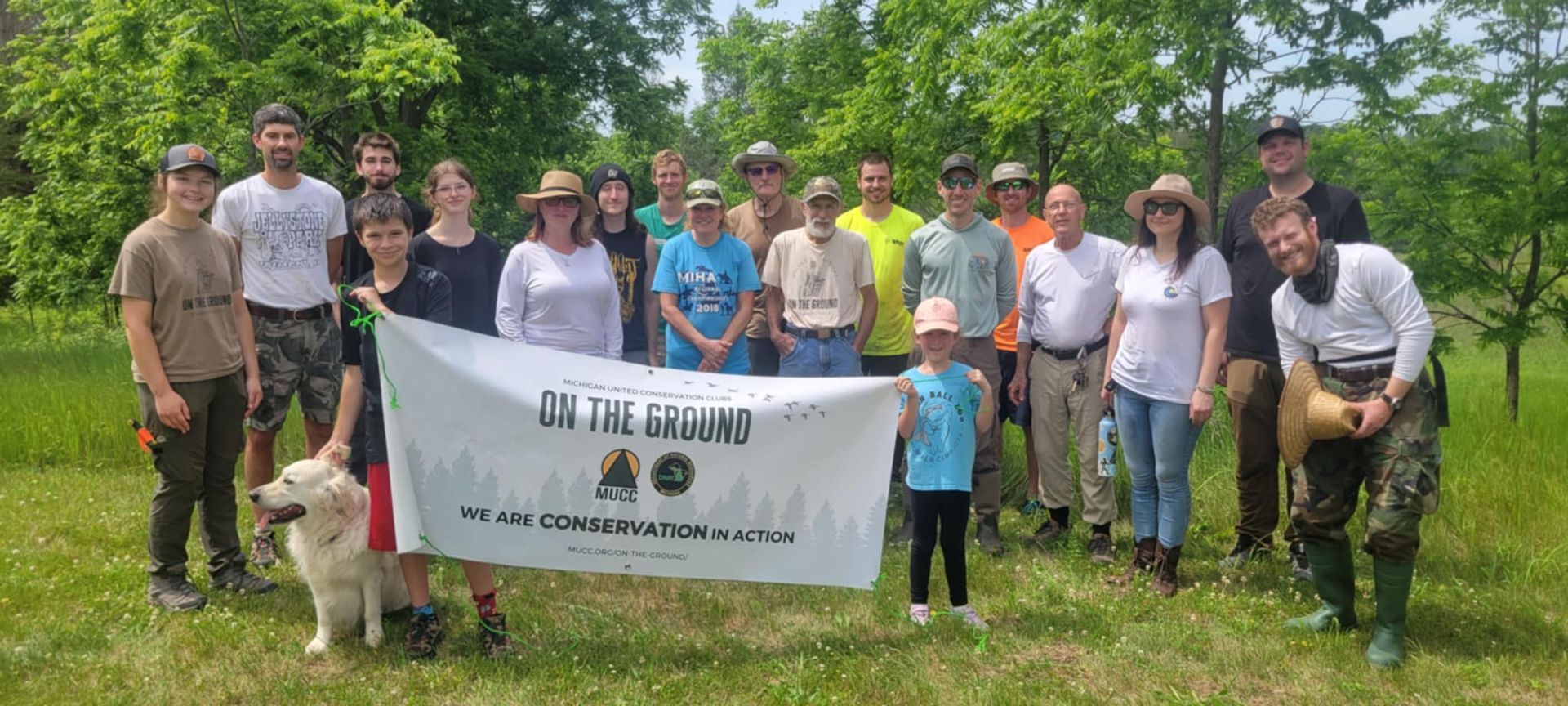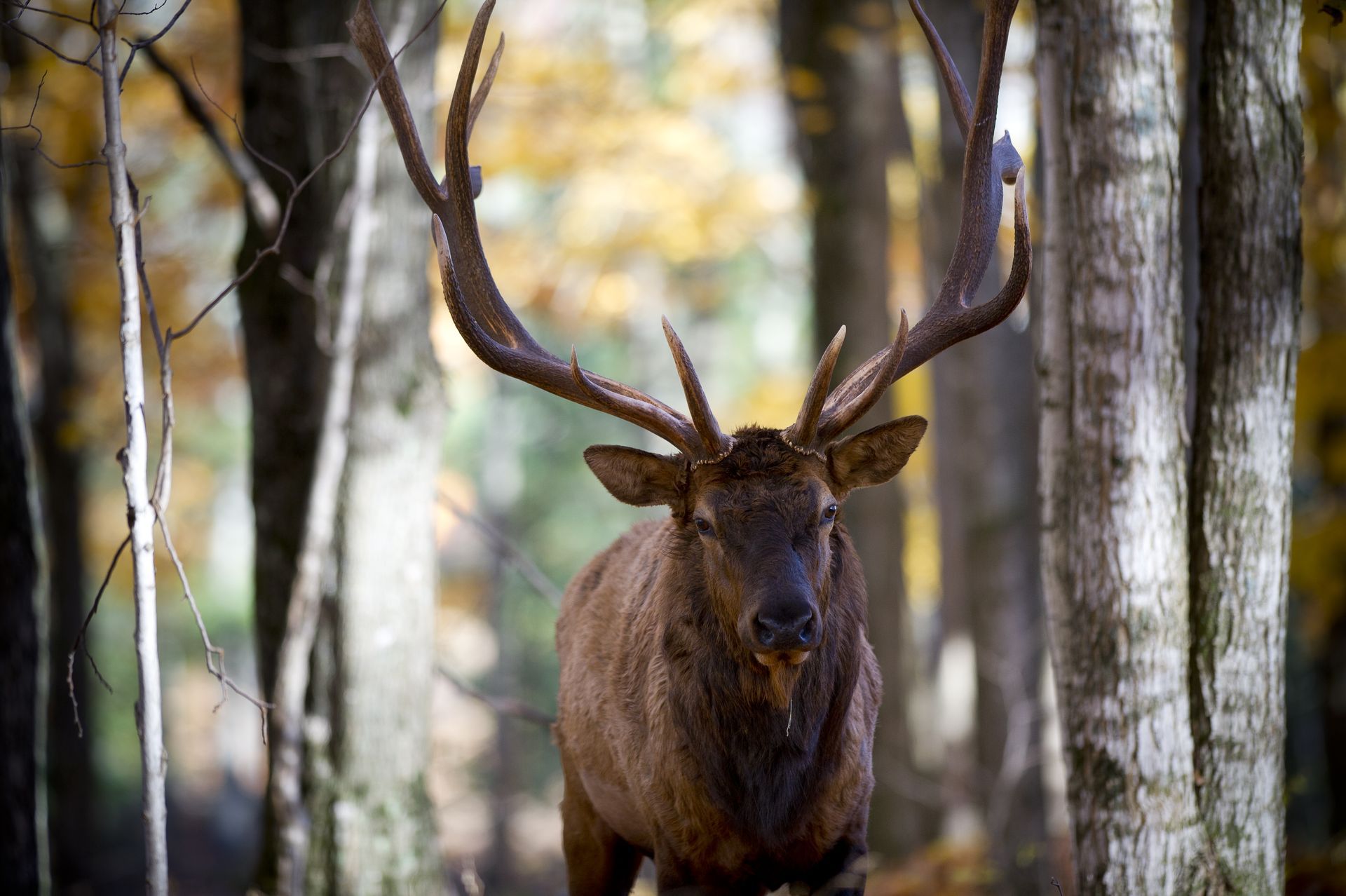Accomplishments report, updated recommendations part of November wolf council meeting
Michigan’s Wolf Management Advisory Council (WMAC) members received an accomplishments report regarding the 2015 Wolf Management Plan before diving into new business at their November meeting.
Michigan’s wolf population has recovered to 695 wolves according to the DNR — greater than the original population goal of 200 established by the Michigan Department of Natural Resources in 1997.
In late 2020, the Trump administration delisted the gray wolf from the Endangered Species Act and handed management of the species back to states. That delisting has been challenged by anti-hunting organizations in a California federal court .
The WMAC is comprised of six members: Dan Kennedy representing the DNR, Amy Trotter representing a conservation organization (Michigan United Conservation Clubs), Mike Thorman representing a hunting organization (Michigan Hunting Dog Federation), Miles Falck representing tribal interests (Great Lakes Indian and Fish and Wildlife Commission), Dick Pershinske representing agricultural interests (Upper Peninsula resident) and Bee Friedlander representing an animal advocacy organization (Attorneys for Animals). Falck was participating via phone at the meeting.
The accomplishments report given by DNR Large-carnivore Specialist Cody Norton highlighted several reached goals since the last wolf management plan was developed, including:
- Providing information to the public on wolves through radio, tv interviews and presenting at conferences and university classes
- Monitoring the abundance and distribution of wolves more accurately
- Improving and maintaining wildlife habitat on state land and other land ownerships
- Monitoring disease prevalence by collecting samples and performing necropsies at a lab
- Conducting research projects to provide greater understanding of deer survival
- Recognizing the cultural significance of wolves through including indigenous values into management plans
- Providing livestock producers with information and non-lethal tools to minimize wolf conflicts
The presentation of the DNR’s accomplishments will be made available in the near future, which will be posted on the WMAC landing page .
Holding the department accountable for outcomes and accomplishments is of utmost importance for the advisory council, said MUCC Executive Director Amy Trotter.
“Understanding the department’s accomplishments from the 2015 Wolf Management Plan will help to inform the council’s recommendations moving forward,” Trotter said. “Whether it’s research on the predation of deer or the tactics to determine wolf counts, it’s information the council, and frankly the public, needs to know.”
New business included discussions on: maintaining active research and monitoring programs to support science (Section 6.2 in 2015 plan), and enacting and enforcing regulations necessary to maintain a viable wolf population (Section 6.3 in 2015 plan).
Old business included recommendations to 2015 wolf management plan:
Section 6.1: Increase public awareness and understanding of wolves and wolf-related issues
The council approved the following motions:
- Prioritize working with partners as defined in 6.1.1 and engaging additional partners who represent a full range of perspectives on wolves.
- Recommend the DNR focus more information and education on positive interactions with wolves to both hunters and non-hunters.
- Prioritize providing unbiased accurate information and dispelling rumors or inaccurate information, particularly important with the proliferation of misconceptions about wolves and prioritizing the evaluation of its effectiveness of the wolf-based information and education programs.
The council reviewed section 6.4. No recommendations were made.
At the December meeting, WMAC members will focus on recommendations related to sections 6.3 and possibly 6.5 for the next wolf management plan.
DNR Law Enforcement Division (LED) is expected to present on the accomplishments, and council members suggested presentation items such as whether LED believes the current fines and penalties act as an actual deterrent to poaching and how LED interacts with the judicial system during prosecutions
The minutes from the October meeting are being held over to the December meeting due to proposed changes to the document, and in addition, council members indicated their intent to make a motion for a running document of interim recommendations on the WMAC website to help with transparency to the public.
Recent Posts



